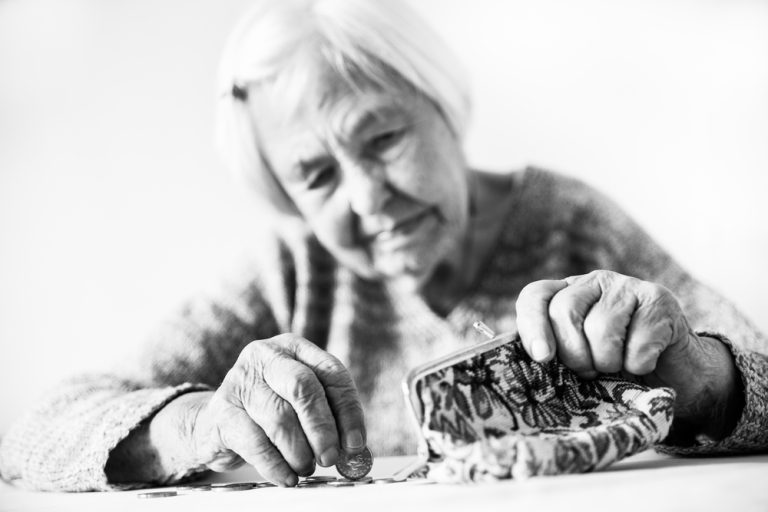Unlocking financial secrets for different phases of life
One of the keys to financial success is to adopt the right strategy at the right time. As you move through the stages of life, here are some tried and tested ‘secrets’ that will help you build and protect your wealth.
Teens and young adults
Time is on your side so get saving. Through the magic of compound interest, a little bit invested now can grow into a big amount over time. Most young people don’t want to think about life in 50 years time, but if a 15-year-old starts saving just $10 per week into an investment returning 5% pa (after fees and tax), when they turn 65 their total outlay of $26,000 will have grown to over $116,000. Contributing those savings to a tax-favoured vehicle such as superannuation may provide an even higher final return.
Single life
Saving is still a key strategy as careers are established, but usually with a shorter timeframe and a specific purpose in mind – buying a home, for example. This is a time when savings strategies can be brought undone by the allure of desirable things and the ease with which one can go into debt. Take care not to indulge in too many luxuries, and avoid taking on any high interest debt, such as credit cards. Rather, commit to working out a budget and sticking to it.
Family focus
The time of kids and mortgages is also the time of peak responsibility. It’s likely that your most valuable asset is your ability to earn an income, and illness, disability or death could deprive you and your family of that income. The financial consequences of each of these possibilities can be managed with a blend of income protection, total and permanent disability, trauma and life insurances.
Preparing for retirement
With offspring launched into the world and earning capacity often at a peak, a wealth of opportunities open up for pre-retirees. By all means enjoy some lifestyle spending, but don’t forget to supercharge your super in anticipation of a long retirement. In times of normal interest rates, using surplus income to pay off any outstanding home loan is often recommended, however, when interest rates are very low, investing spare income into super and leaving debt repayments until later may deliver a better outcome.
Golden years
Australians are up there with the leaders when it comes to enjoying long and healthy retirements. That means retirement savings need to last, so a): don’t go too hard too fast in spending your super, and b): don’t invest too conservatively, particularly in times of ultra-low interest rates. On the plus side, if you’ve employed the above secrets in each phase of life, you should be in good shape to enjoy a long, financially comfortable retirement.
Whatever your stage of life, there are many things you could be doing to secure your financial future. To find out more, talk to us today.
The information provided in this article is general in nature only and does not constitute personal financial advice.






